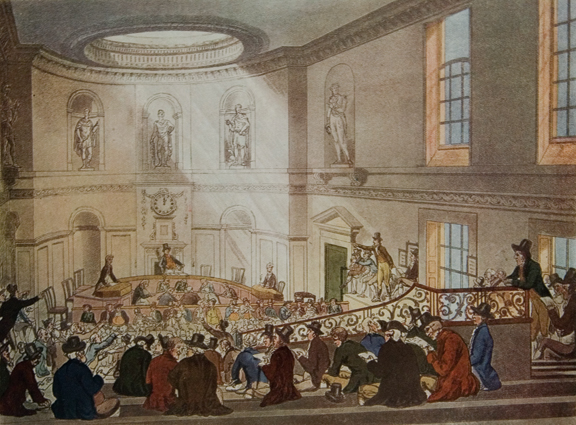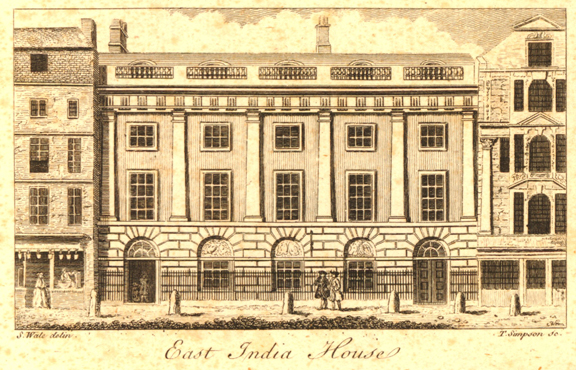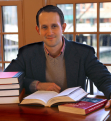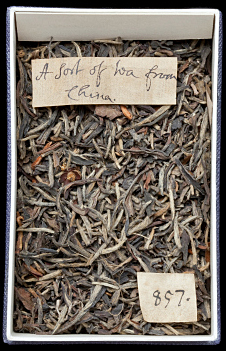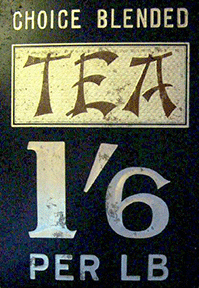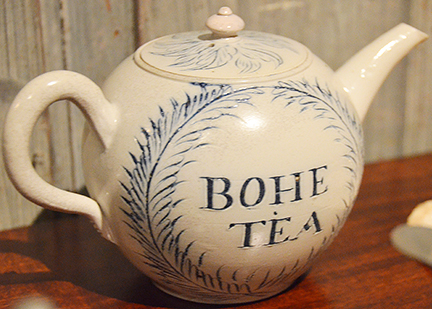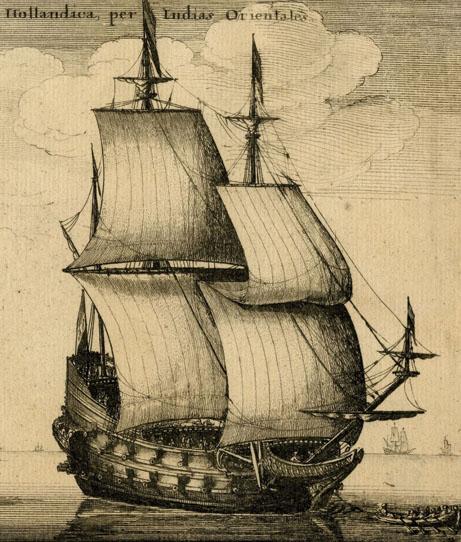The London Tea Auction 1679-1998
The London Tea Auction was a grand tradition that lasted over 300 years. From the very first event in March 1679, the auction was a regular event that made London the centre of the international tea trade. The first auctions were held by the East India Company, which at the time held the monopoly for the import of tea (and other goods) from China and India. They were held at the headquarters of the Company on Leadenhall Street.
Auctions were held roughly quarterly, and tea was sold ‘by the candle.’ This meant that rather than allowing bidding to go on for an unlimited length of time, a candle was lit at the beginning of the sale of each lot, and when an inch of the candle had burnt away, the hammer fell and the sale was ended.
It was something of a riotous affair. An anonymous tea dealer, writing in 1826, described the noise and confusion of an auction taking place at East India House: ‘To the uninitiated a Tea sale appears to be a mere arena in which the comparative strength of the lungs of a portion of his Majesty´s subjects are to be tried. No one could for an instant suspect the real nature of the business for which the assemblage was congregated….
Things changed in 1834, when the East India Company ceased to be a commercial enterprise, and tea became a free trade commodity. The tea auction had to find a new home – and it was moved from the splendor of East India House to the newly built London Commercial Salerooms on Mincing Lane. Within a few years, various tea merchants followed the auction and established offices of Mincing Lane, earning it the nickname the ‘Street of Tea.’
The last London Tea Auction held was on June 29, 1998. The twentieth and final lot was a single chest of Ceylon Flowery Pekoe from the Hellbodde Tea Estate. The bidding opened at £10 per kilogram and quickly reached £225 per kilogram as Twinings and Taylors of Harrogate dueled for the honor of purchasing the last check of tea.
American Thomas Eck, owner of Upton Tea Imports was present and recorded his observations ‘More than once the bidding war appeared to be over, but just before the third strike of the gavel, the stakes would once again be raised… accompanied by resounding support from the crowd of observers… until the final bid of £555 per kilogram secured the tea for Taylors of Harrogate. Applause and enthusiastic shouts finally broke the tension.’ The winning bid, going to charity, was the highest price ever paid for any tea at any auction. The 44 kilogram chest sold for over $40,000 or $2.10 per cup!
Excerpt from A Social History of Tea by Jane Pettigrew & Bruce Richardson, Benjamin Press, December 2013
